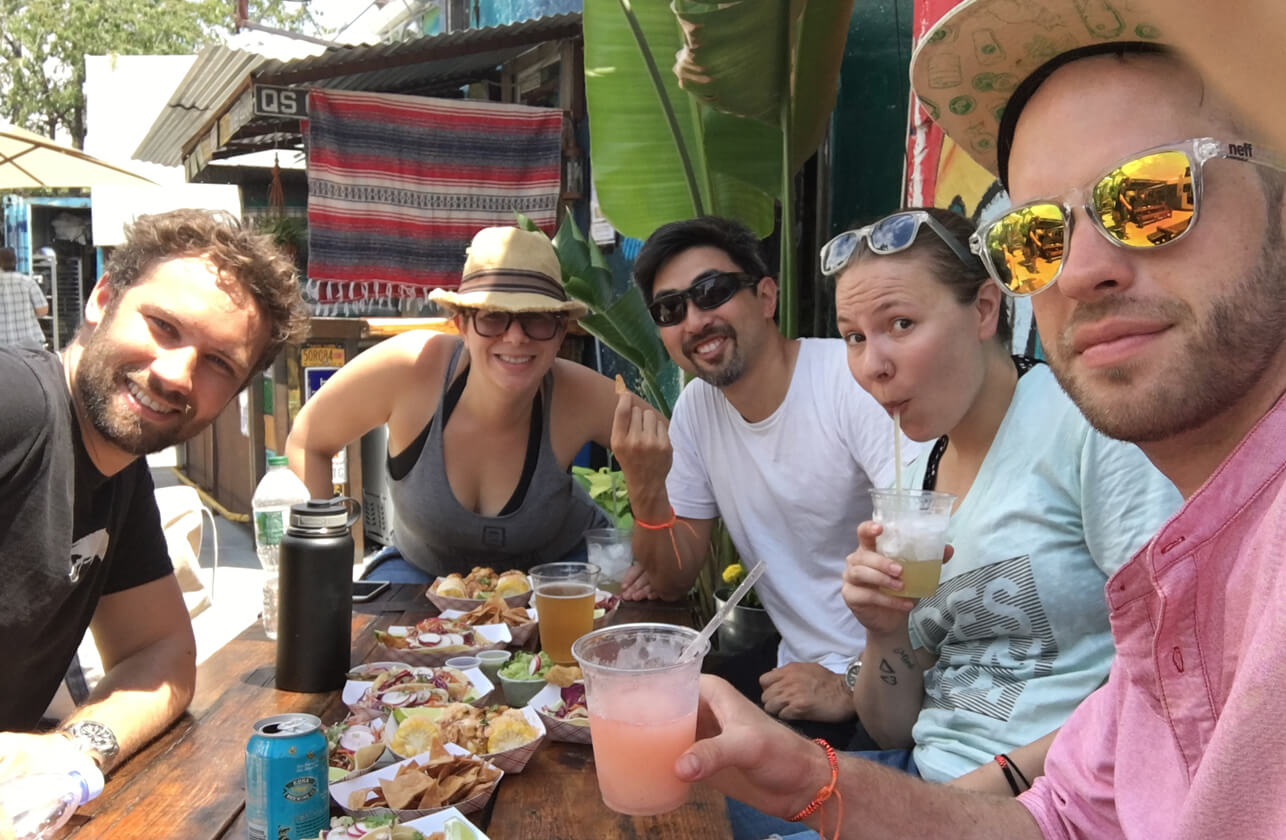As user-focused creators, we focus a lot on building empathy for our customers, but what about the other humans—team members, other departments, vendors, external organizations—involved in the design process? Cultivating better relationships with, and a deeper understanding of, your colleagues and collaborators will improve your team’s trust, flow and creativity. There’s rarely a one-recommendation-fits-all approach to anything human-centered, but here are some practices and rituals you can try out to better empathize with the people you work alongside. I’ve tried all of these in some form with my core team at The Design Gym, with our collaborators, clients, and even with my partner!
❤️ Read the 2023 Self-Care Playbook for UX Researchers to learn why research can be an emotionally taxing career and practical advice from fellow UXRs and mental health experts on how to stay centered.
Morning Mindset Check-in
Even when we try to keep a strict work/life separation, our lives outside of work will inevitably impact how we show up, do our work, and interact with teammates. We’ve probably all experienced this in various forms. A weekend at the beach has you feeling energized and positive coming into the week. A night of poor sleep has you feeling groggy and irritable. An evening with old friends has you feeling inspired and excited to share.
Many teams, mine included, kick off each week by sharing status updates and our top priorities and to-dos. These are helpful practices for accountability and transparency, but they don’t include how we’re feeling and our current mindset. By including the prompt, “what’s your headspace like today?” you gain a better understanding of each person’s mindset and how that may impact your work together. Maybe someone has extra energy to share; maybe another needs a bit of quiet time—whatever it is, uncovering the morning mindset of your teammates can inform your approach to the day’s tasks in a more empathetic way.
If you want to try this out, but aren’t sure your team will feel comfortable sharing these details, try facilitating the conversation by asking each person to choose a color, type of weather pattern (sunny, stormy, fog is lifting), or spirit animal that fits their mood today. Set the ground rule that follow-up details are optional, and opting out is also OK. Sharing mindsets shouldn’t feel like an added stressor.
What time is happy hour?

Humans are social by nature, and hanging out with your teammates is a great way to connect and create shared experiences together that build trust and empathy. Grabbing drinks can be an easy—and sometimes welcomed—option, but shouldn’t be the only way for teammates to socialize. To encourage relationships between team members, consider rethinking the idea of happy hour by encouraging flexibility for social time and format that to best match each person’s preferences (or mix it up so everyone has options).
For example, I have one colleague that I attend fitness classes with a couple times a month and we’ll schedule those during lunch or in the late afternoon. Another teammate and I play tennis together 2-3 mornings per month. And as a full team, we’ve found success with long team lunches and half-day field trips as a way to bond without adding time to our days with evening events. For teams that work remotely, you might consider video chat coffee dates, book clubs, meeting at a conference or hosting a summit.
And all of this on company time? Yep. The value gained by cultivating trusted relationships with teammates leads to more comfort in sharing ideas, giving feedback, and navigating change, which far outweighs the time spent on building the human connections through social activities.
Work Style Profile
We all bring a different perspective to solving problems in collaborative settings. We also all bring our own preferences for doing the work required to solve those problems, our desired way of communicating, sharing ideas, what hours in the day we’re most productive, and how we want to receive feedback. Your goal shouldn’t be to align everyone to a single way of working, but rather to maximize the overlaps and respectfully honor the differences.
When kicking off a project, even with team members you’ve worked with before, have honest and open discussions about each person’s working style. Block out an hour for each person to create their own working style profile. This could be as simple as a quick list, or you could incorporate sketching or encourage specific examples to be shared. The categories will be up to you based on your team’s culture (we often choose communication style, feedback style, and best working hours). Allow for reflection time and then have each person share out their profiles. Use the personal information to help guide your project planning, meeting cadence and how debriefs are conducted. Humans are always evolving, so iterate and refine every time a new project starts!
My team has experimented with all of these activities over the years and we’re always iterating on what works best given our changing needs and growing roster of collaborators. I’d love to know if you try any of these out or what other team-based empathy practices you’ve found successful. Find me here on LinkedIn.
Want to contribute to User Interviews content? Here’s how.



















